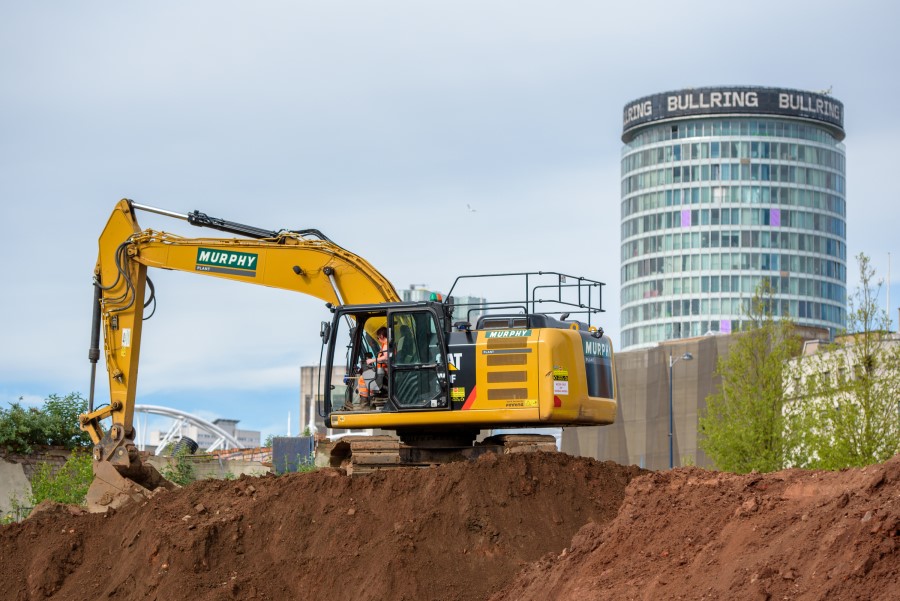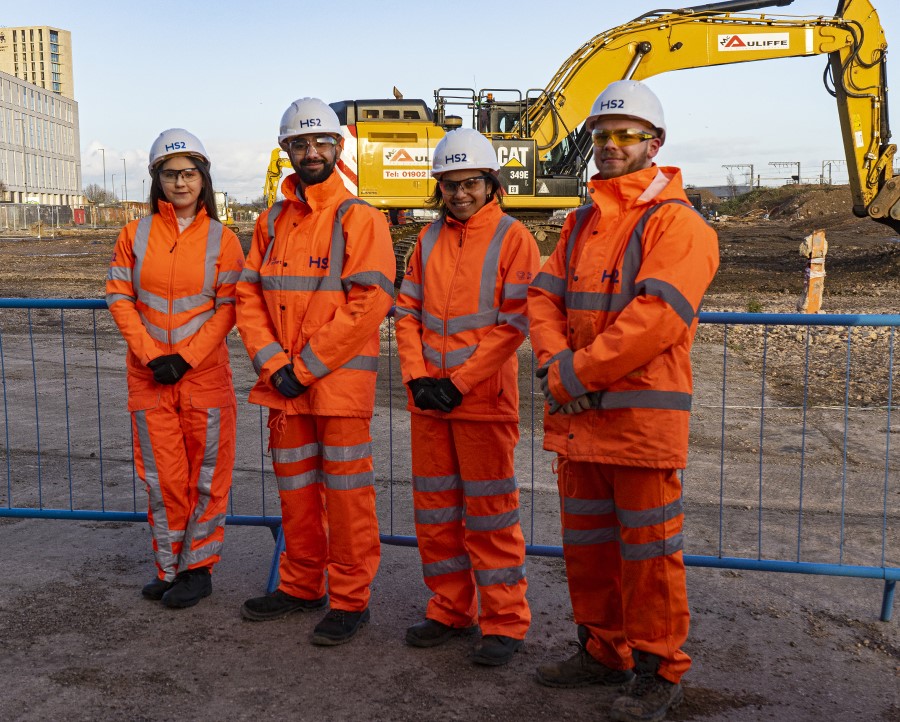
Mark Thurston highlights the importance of the HS2 rail line for Birmingham and the West Midlands.
This blog post was produced for inclusion in the Birmingham Economic Review for 2021.
The annual Birmingham Economic Review is produced by City-REDI, University of Birmingham and the Greater Birmingham Chambers of Commerce. It is an in-depth exploration of the economy of England’s second city and a high-quality resource for informing research, policy and investment decisions.
This post is featured in Chapter 4 of the Birmingham Economic Review for 2021, Connected Places: Foundations for Growth
Click here to read the Review.
HS2 is Britain’s first new intercity railway north of London in 100 years and is a multi-phase project delivering 345 miles of new high-speed track – equivalent to a third of the length of Britain. This year has been a pivotal one for the programme, and for our work across the region.
Despite the impact of the pandemic, we launched the first of our tunnel boring machines earlier this year. Named Florence, the 2,000-tonne machine left our Chilterns south tunnel portal site in May 2021 and is currently under the M25, building a tunnel that will eventually be 10 miles long and 90 meters deep. Florence is just one of 10 TBM’s that will dig 64 miles of tunnels between London and Birmingham.
New Railway Station
In the heart of Birmingham, the work on our Curzon Street station is now happening at pace and as part of archaeological investigations, we uncovered the world’s oldest railway roundhouse, built by Robert Stephenson.

This year also saw us achieve significant progress on a second new station for the West Midlands; Interchange. This is the first station in the world to achieve the BREEAM ‘Outstanding’ certification for its design – a measure of sustainability for new and refurbished buildings – putting it in the top 1% of buildings in the UK for eco-friendly credentials.
Job Opportunities
However, the benefits of HS2 go much further than the opportunities that the new stations will bring to local communities. We continue to work with organisations across the West Midlands to drive the benefits of the project into the region, which we recognise is critically important in the current climate.
In 2021, we launched our jobs board, which pulls all employment opportunities from across our Tier One contractors onto a single platform hosted on our HS2 website. As of March 2021, there were 657 job posts shared on the board, with 218 of those within the West Midlands. We expect these numbers to rise as the project continues to gather pace. The total workforce number across both our enabling works and main works contracts in the West Midlands is now nearly 4,000. 117 of these are people that were previously out of work, and over 200 are apprentices. HS2 is about creating a workforce for the future, as well as providing current opportunities for local people.

We also continue to work with partners, like the Greater Birmingham Chambers, to involve local businesses in the project wherever we can. Over 2,000 businesses have now worked on HS2, and over half of these are currently based locally on the route of the new railway. We expect the project to generate around 400,000 contract opportunities during its construction. Currently, there are around 130 West Midlands businesses working on the project, and around 70% of these are SMEs.
Beyond connectivity, skills, and economic benefit, HS2 plays a vital role in delivering the Government’s ambitious goal of becoming zero-carbon by 2050. The long-term sustainable solutions we are creating will help us to achieve and maintain a cleaner, greener future. The total carbon cost of building HS2’s Phase One and then operating it for 120 years is less than just one month’s emission from our road network.
HS2 is much more than just a railway. It is a vital catalyst for growth and will help to level up the country, boosting growth in the Midlands and North, and bringing new employment and leisure opportunities to millions of people.
This blog was written by Mark Thurston, HS2.
Disclaimer:
The views expressed in this analysis post are those of the authors and not necessarily those of City-REDI / WMREDI or the University of Birmingham.
